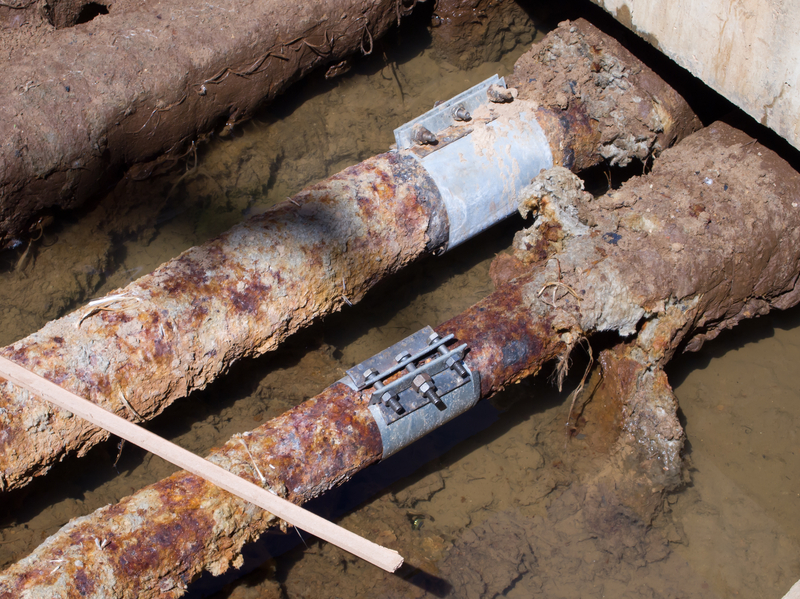An Introduction to Cathodic Protection Principles

This online engineering PDH course will provide you with an introduction to the principles of cathodic protection for underground and underwater structures. You will be introduced to the physics and chemistry of the corrosion process and how to mitigate the corrosion using cathodic protection techniques.
Understanding the principles of cathodic protection systems is based upon understanding the nature of the corrosion process. The corrosion of metals is an electrochemical process. That is, it is an electrical circuit where the exchange of electrons (electricity) is conducted by chemical reactions in part of the circuit. These chemical reactions occur at the surface of the metal exposed to the electrolyte.
Cathodic protection is the prevention of corrosion by making a metal, which would ordinarily behave like an anode and corrode, behave like a cathode and be free from corrosive attack. Essentially, cathodic protection is predetermining the anode in the corrosion cell, or making a large corrosion cell to overcome the other smaller corrosion cells.
This 5 PDH online course is intended for civil engineers, structural engineers, mechanical engineers and other design and construction professionals seeking an introduction to the principles of cathodic protection.
This P.Eng. continuing education course is intended to provide you with the following specific knowledge and skills:
-
Understanding the chemistry and physics behind the corrosion process
-
Learning about the different types of corrosion activity
-
Knowing the corrosion rates for different metals
-
Understanding the importance of the galvanic series of metals
-
Understanding the fundamentals of the sacrificial anode approach to corrosion protection
-
Learning about the basics of the impressed current process
In this professional engineering CEU course, you need to review the course document titled, "An Introduction to Cathodic Protection Principles".
Upon successful completion of the quiz, print your Certificate of Completion instantly. (Note: if you are paying by check or money order, you will be able to print it after we receive your payment.) For your convenience, we will also email it to you. Please note that you can log in to your account at any time to access and print your Certificate of Completion.